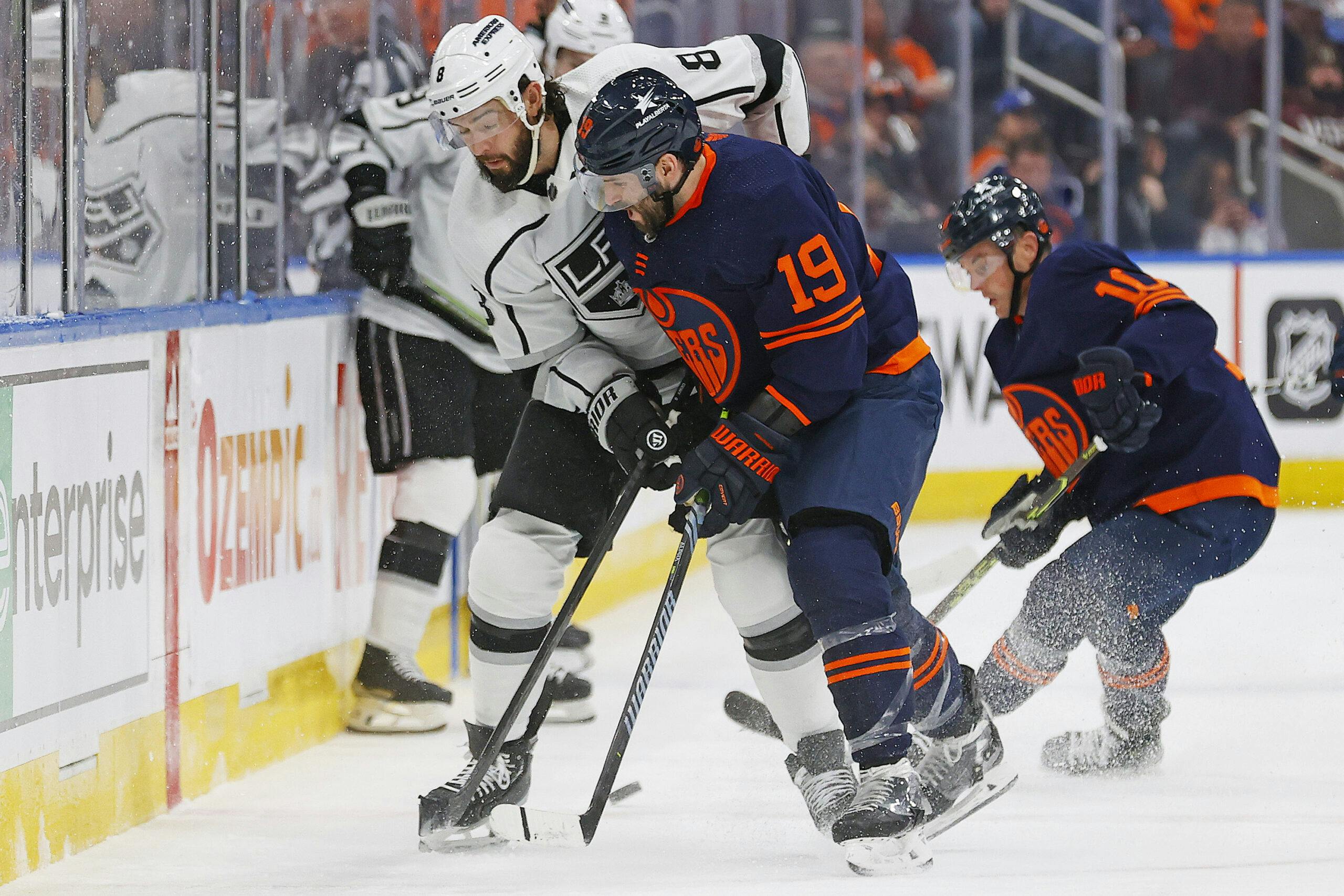The Oilers In Seven: Segment Ten — It’s All About the Eight Game
Photo credit: Perry Nelson-USA TODAY Sports
6 months ago
Recent articles from Bruce Curlock
Keep scrolling for the next article
Breaking News
- Real Life Podcast: Are we more worried about Stuart Skinner or Zach Hyman not having a point?
- NHL Notebook: Golden Knights’ Victor Olofsson out as Ross Colton helps carry Avalanche
- Oilers sign first-round pick Sam O’Reilly to entry-level contract
- Oilers split up Connor McDavid, Leon Draisaitl, return Jeff Skinner to top-six
- 6 takeaways on the Oilers through their first 6 games
